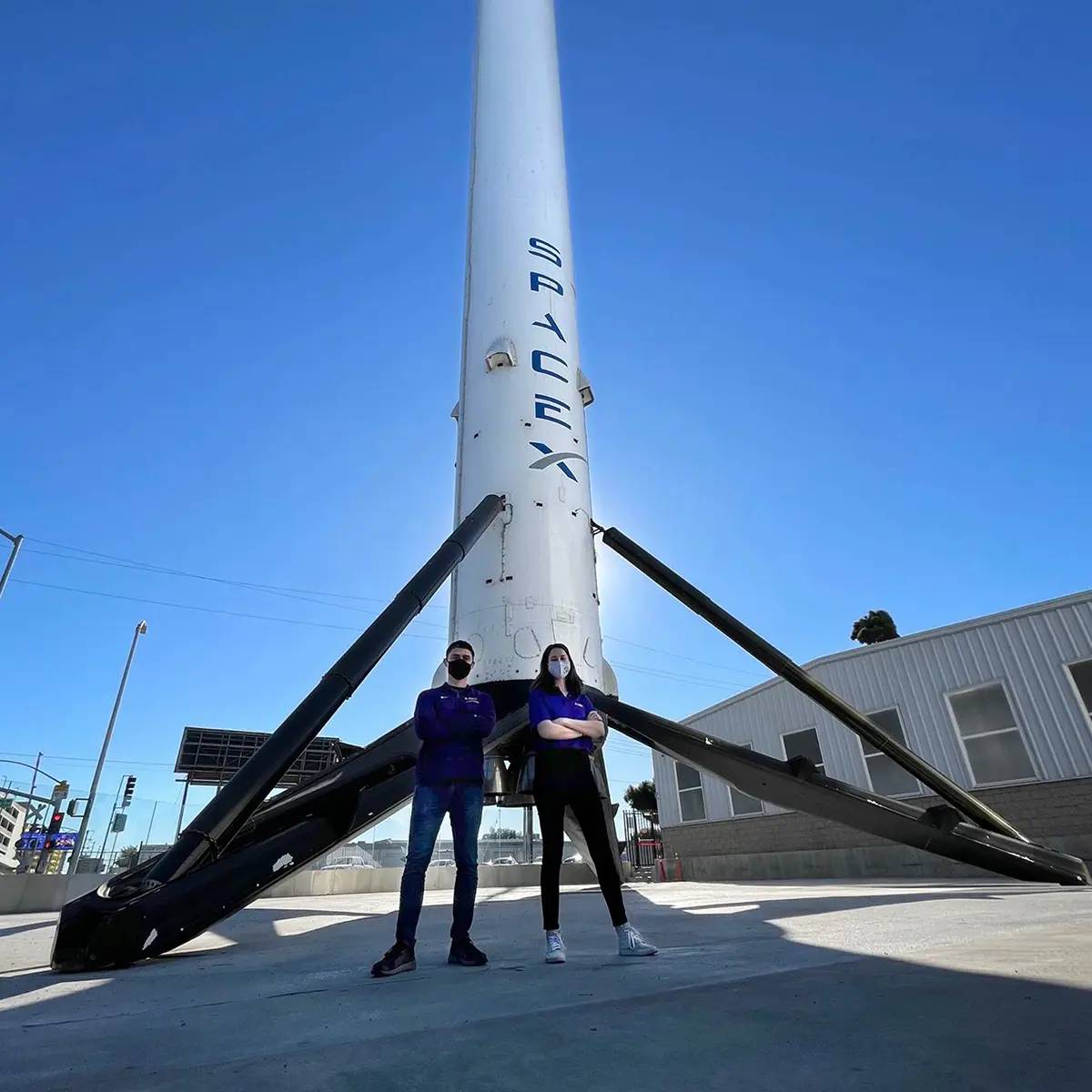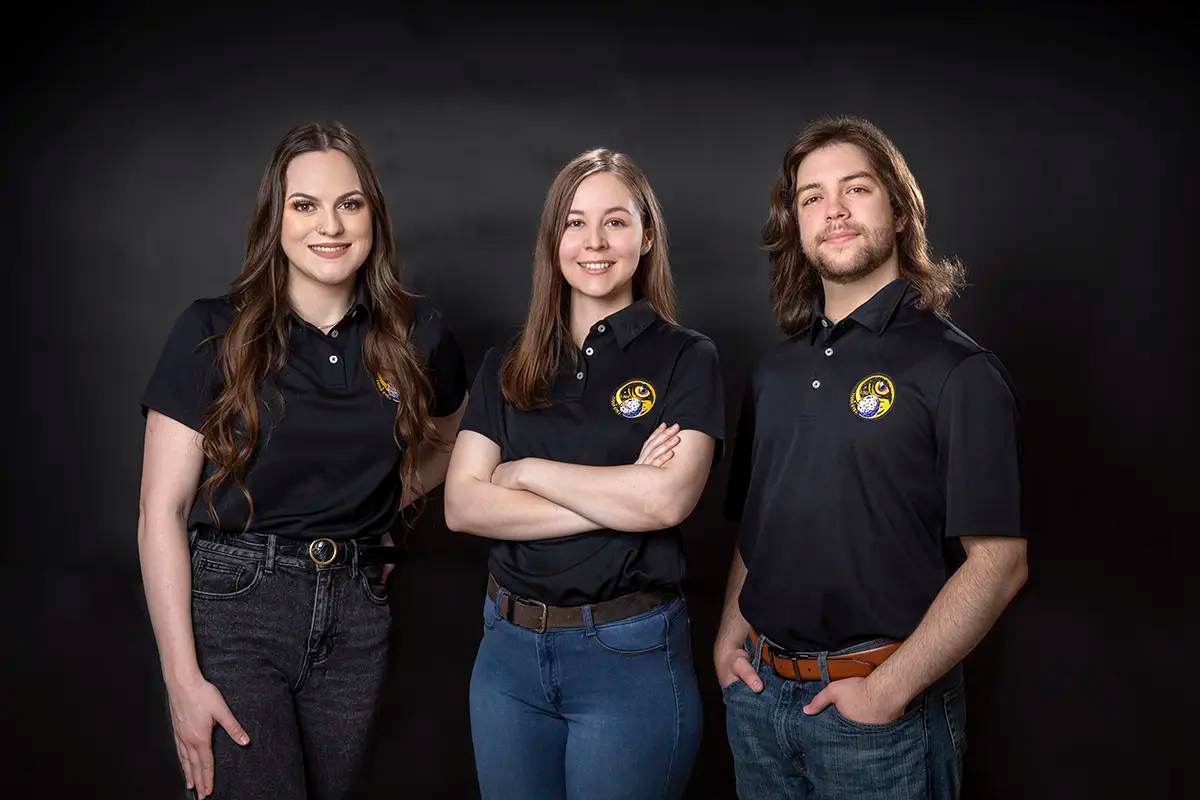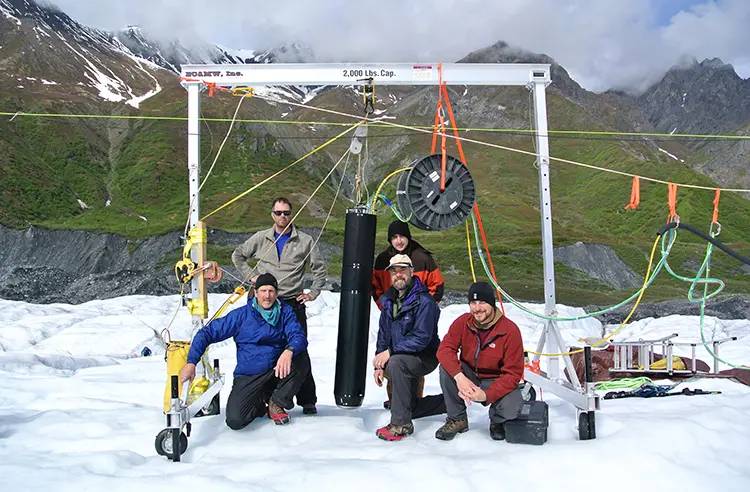Science in the Scholarship First Agenda
Space Exploration
For more than 50 years, LSU scientists have made significant contributions to space exploration uncovering new knowledge as we prepare to boldly go where only a select few have been before. Our researchers have worked to prove 100-year-old theories, examine evidence of life markers on Mars, and are helping improve the future of spaceflight. But researchers like Eric Burns have set his sights on the stars studying thousands of gamma-ray bursts until he found the BOAT—the Brightest Of All Time.
NASA MISSIONS STUDY WHAT MAY BE A 1-IN-10,000-YEAR GAMMA-RAY BURST
GRB 221009A was likely the brightest burst at X-ray and gamma-ray energies to occur since human civilization began
LSU Department of Physics and Astronomy Assistant Professor Eric Burns led the analysis of 7,000 gamma-ray bursts to establish how frequently this brightest of all time, or BOAT, event may occur. The answer: once every 10,000 years

Going the Distance: Innovation in Radiation Research Takes LSU Medical Physics Student from Mary Bird Perkins Cancer Center to SPACEX
Jared Taylor was planning on becoming a medical doctor to help treat people with cancer, but now finds himself almost literally in space, working on solutions to shield astronauts from dangerous radiation. He recently presented his research at SpaceX and is about to file a patent. Students and graduates of the LSU medical and health physics program are changing oncology, space travel, and more.

LSU Goes to the Moon
As the U.S. lands on the Moon next year, for the first time since 1972 and the Apollo program, LSU technology built by students in close collaboration with industry partners will report back from the lunar surface. Undergraduate students in five different LSU colleges and schools are leading the mission, which will make future space travel safer for astronauts and equipment. Meet the team behind Tiger Eye 1.

Researchers Secure NASA Funding for Robotic Search for Life Beneath Antarctica
Dr. Peter Doran and Dr. Bill Stone lead a NASA-funded team developing SPINDLE, a groundbreaking cryobot exploring life beneath Antarctica's thick ice. With nearly $3 million, they'll field test SPINDLE, the first cryobot with a hovering autonomous underwater vehicle (HAUV) for reconnaissance, life searches, and sample collection. Join this pioneering polar and planetary science mission.
Read: Researchers Secure NASA Funding for Robotic Search for Life Beneath Antarctica

Understanding the Martian Landscape
Scientists globally collaborate with a $309,000 NASA grant to study how Martian soil hydrates at various depths and continental scales for three years.